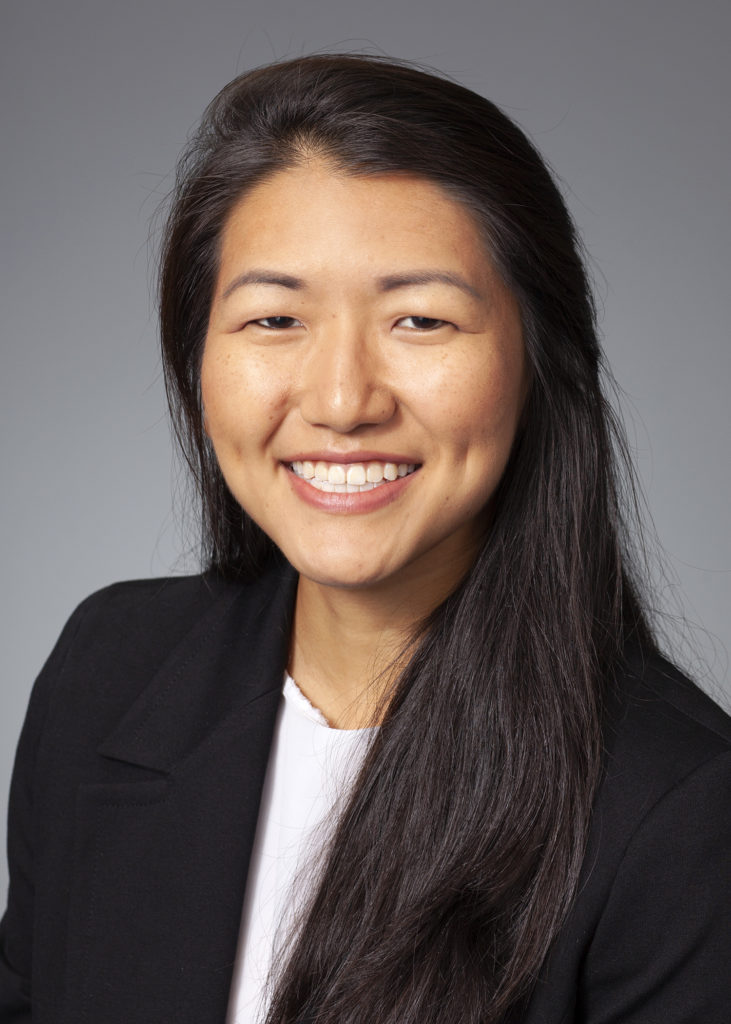The Daily Reflector, April 4, 2020. By Helina Gan.
As a medical student and Schweitzer Fellow, I am partnering with the James D. Bernstein Dental Clinic, a Federally Qualified Health Center, to help treat patients as a whole, not just the disease. Sitting in the dental clinic with a patient, I asked him if he’s ever talked to anyone about his needs concerning food, transportation and housing. He looked at me and replied, “They go by the book, and the book doesn’t know me.” I was surprised at first, and I later realized that this patient’s comment echoes an issue that we as current and future health care providers must address directly.

2019 J Bradley Wilson Schweitzer Fellow
The topic of Social Determinants of Health has gained a lot of speed over the past decade, and the recently published Health North Carolina 2030 has even made addressing the SDOH a priority for the state. I learned a lot about the SDOH during my time in college, and my year with the National Health Corps to further explore how consistent health education and screenings can effectively combat health care disparities long-term. Now as a medical student I’m continuing to learn how the issue is incredibly complex and solutions are never one-size-fits-all.
The problem is that we hold discussions and conferences about the issues surrounding the SDOH, and at the end we have theoretical solutions that “go by the book.” It’s easy to get lost in the intricacies and layers that contribute to these issues, but a big step that health care fields have to take in addressing this pervasive problem is to narrow our focus back down to each individual patient. We have to reframe the way we think about the SDOH: not as a stand-alone issue but as an integral part of an individual’s care.
As routine as it is to discuss patients’ blood pressure measurements during a medical appointment or flossing habits at a dental appointment, questions about food insecurity or safe living environments should become a standard of care for providers to ask. The SDOH might not be as easy to fix as a tooth extraction or prescribing a medication; however, like chronic medical conditions, we can document the problem, monitor the progress, contribute new solutions when necessary, make referrals and hopefully someday reach the point that these issues can be removed from the “Problems/Diagnosis list.”
Back at Bernstein, I agreed with the patient that the book doesn’t know him, but I emphasized that the people who read the book do want to get to know him and his personal experiences. Understanding that food was his most pressing need, I helped him understand how the local food pantries work so he can get the help he needs throughout the month. In the end, the solution that we look far and wide for to address the SDOH is actually sitting right in front of us in the patient room. If the health care providers are serious about addressing these problems we can’t keep waiting for a groundbreaking solution. It’s up to individual providers to incorporate these SDOH screening questions into patient appointments and recognize these issues as primary health risks and problems.
Helina Gan is a second-year ECU Brody School of Medicine student and 2019-20 J. Bradley Wilson Schweitzer Fellow. She is from Clemmons, NC.
